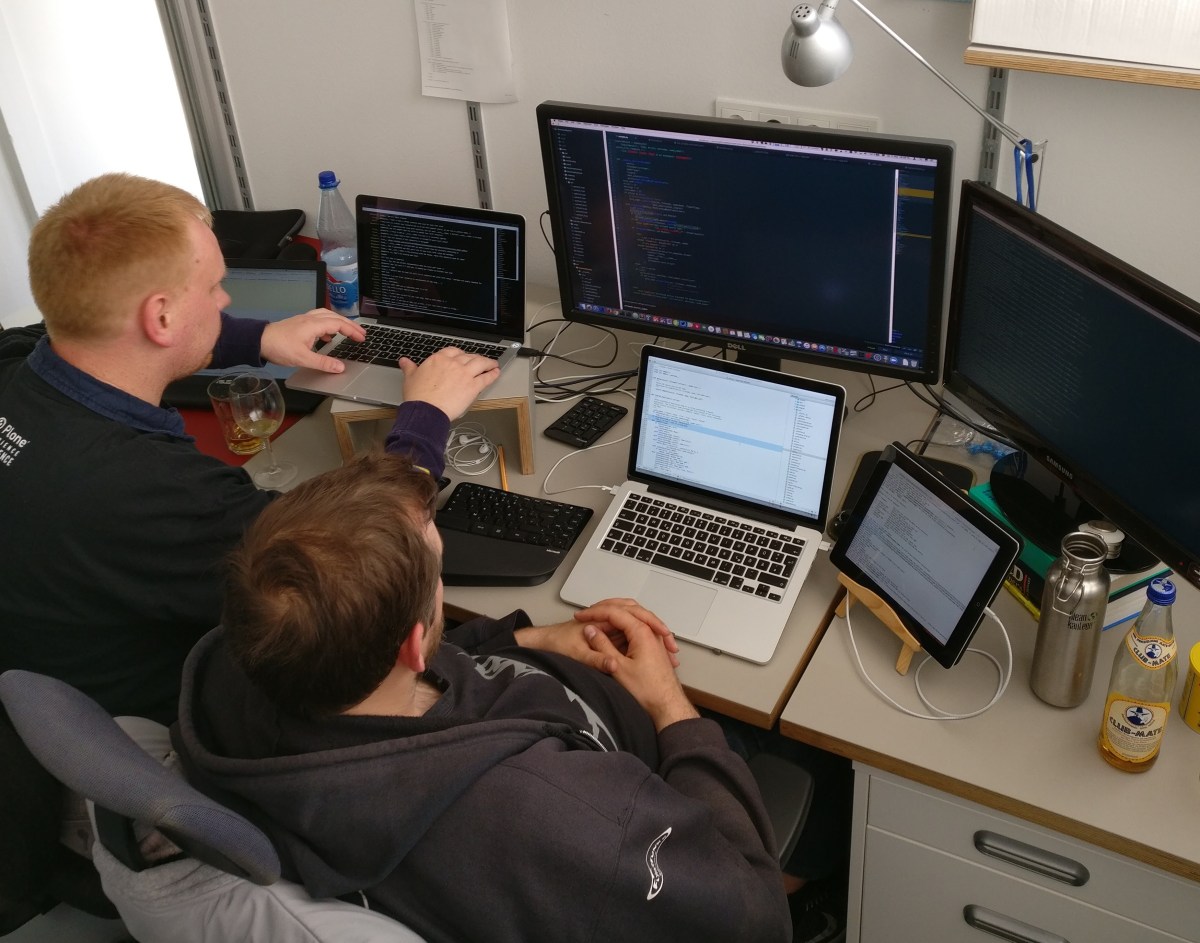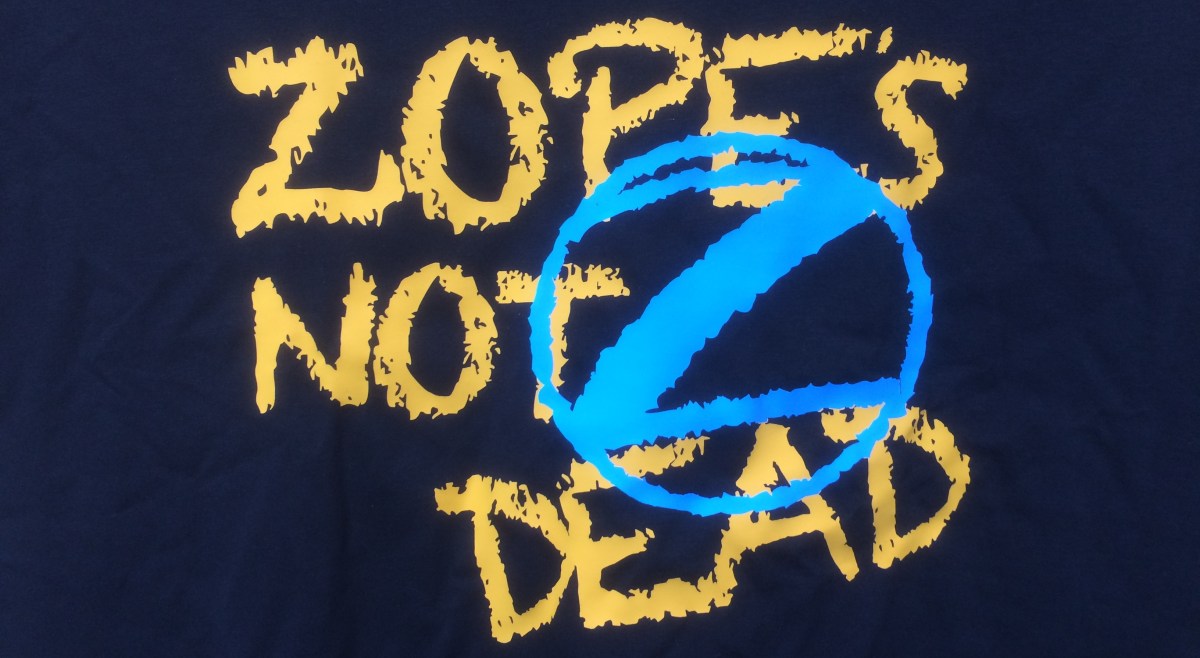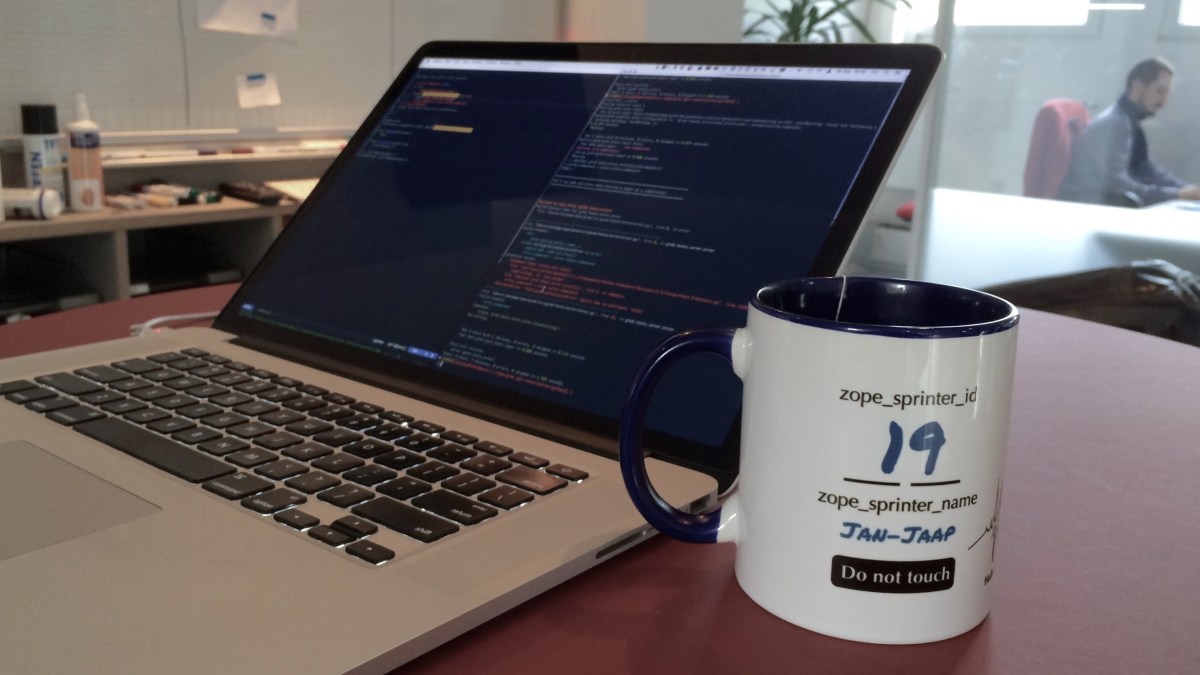Narrative version
Once upon the time there was Earl Zope II. His lands where threatened by a huge disaster called “Python 2 sunset”. His only chance was to emigrate to the Python 3 wonderland. After a long preparation phase for himself and his courtiers he was able to move to the new land. But the Python 3 wonderland has strict immigration authorities: They only allow “compatible” fellows to get a residency permit. The permission itself has three levels:
- alpha – To get this level the candidate has to prove that he can breath the Python 3 air and drink the water in this land without getting falling over. Earl Zope II needed a while to acclimate in the Python 3 wonderland as its climate is a bit different from what he was used to.
- beta – This level requires the the acclimation phase was successful and people could start to rely that the candidate will stay in the new land. Earl Zope II reached this level by proving that all his courtiers – he relies on – are ready for this level.
- final – To reach this level the candidate needs to prove that he is living in successful relations in Python 3 wonderland. Other inhabitants must be able to trust him and the services he offers. After Earl Zope II now has reached the beta phase he is now able to offer his services and hope that he gets the final level about fall 2018.
Back in his own country Earl Zope II had the official name “Zope2 2.13”. Before the beta phase of his immigration he thought that he would have to change the name to something like “Zope2 4.0b1”. This is looks ugly and some people protested against this name. With the kind and quick help of Baiju Muthukadan Earl Zope II was able to change his official name to “Zope 4.0b1”. Thank you very much Baiju Muthukadan! Earl Zope is very proud of this new shorter name and is heartily thankful for this opportunity.
Technical version
The release of the first Beta version means, that no currently existing features will be removed until the final version. But There will be some new features and many bugfixes.
New Features of Zope version 4.0
- Support for Python 3.4 up to 3.6: Currently Python 3 can only be used for new projects. There is only an experimental way to convert an existing ZODB from Python 2 to 3 as it is not possible to run the same
Data.fsunder both versions, see zodb.py3migrate. - Zope now by default runs as a WSGI application. The previously used
ZServeris still supported but only runs under Python 2. - Chameleon based templates are now the default.
Changes
- The name of the distribution changed from
Zope2toZope. The previousZope2package will remain as a meta package which depends onZope. This allows packages which require Zope 4.x to depend onZopeinstead ofZope2. - Removed deprecated code and BBB imports like the
Globalspackage or the internal help system. - Some smaller features, bug fixes and security fixes, see the Change log.
Thanks
A big “Thank you!” to all who made this release possible:
- dedicated people investing time, thoughts and money
- nice companies allowing their people to participate on Zope sprints
- the Plone Foundation sponsoring Zope sprints
We had a great Zope 4 Phoenix Sprint helping to raise Zope from the ashes! Thank you to everybody who participated in Halle or from remote.
Roadmap
Beta one of Zope is out:
- try it out – see the installation documentation
- test it with existing projects – see the what’s new
- report bugs and give feedback – using the Zope issue tracker
We need the feedback to adapt Zope to the needs in the wild. The current plan is to create new beta releases once a while after implementing features resp. bug fixes or on demand. The current plan is to release a final 4.0 version in fall of 2018. This should allow software projects built upon Zope to migrate there code before the Python 2 sunset in 2020.





